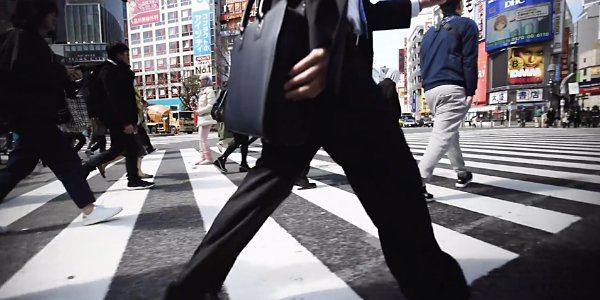The Definitive Guide to Street Photographers
The Definitive Guide to Street Photographers
Blog Article
The Street Photographers Ideas
Table of ContentsThe Greatest Guide To Street Photographers7 Easy Facts About Street Photographers DescribedNot known Incorrect Statements About Street Photographers The 8-Minute Rule for Street PhotographersStreet Photographers for Dummies
Street professional photographers do not always have a social objective in mind, but they favor to separate and record minutes which may otherwise go unnoticed.He was affected by many of those that affected the street professional photographers of the 1950s and '60s, he was not chiefly interested in recording the spirit of the road., who worked side by side with professional photographers trying to catch the significance of metropolitan life.
Due to the comparatively primitive modern technology readily available to him and the long direct exposure time needed, he battled to record the hustle and bustle of the Paris streets. He explore a series of photo techniques, trying to discover one that would certainly allow him to catch motion without a blur, and he located some success with the calotype, patented in 1841 by William Henry Fox Talbot. Unlike Atget, professional photographer Charles Marville was employed by the city of Paris to develop an encyclopaedic paper of Haussmann's urban preparation task as it unfolded, thus old and brand-new Paris. While the digital photographers' topic was basically the same, the results were significantly different, demonstrating the effect of the professional photographer's intent on the personality of the images he generated.
Provided the great top quality of his pictures and the breadth of material, architects and artists commonly got Atget's prints to utilize as referral for their own work, though commercial passions were hardly his main inspiration. Rather, he was driven to photograph every last residue of the Paris he liked. The mingled enthusiasm and urgency of his objective luster through, leading to photographs that tell his own experience of the city, high qualities that anticipated street photography of the 20th century.
Street Photographers - The Facts
They expose the city through his eyes. His job and fundamental understanding of digital photography as an art type worked as ideas to generations of professional photographers that followed. The following generation of street digital photographers, though they likely did not refer to themselves thus, was ushered in by the photojournalism of Hungarian-born digital photographer Andr Kertsz.
Unlike his peers, Brassa made use of a larger-format Voigtlnder video camera with a much longer exposure time, compeling him to be much more computed and thoughtful in his method than he could have been if making use of a Leica. (It is believed that he might not have been able to afford a Leica during that time, but he did, nevertheless, use one in the late 1950s to take colour photos.) Brassa's photographs of the Paris underworld brightened by synthetic light were a discovery, and the compilation of the series that he released, (1933 ), was a significant success.
Cartier-Bresson was a champ of the Leica electronic camera and one of the very first digital photographers to maximize its abilities. The Leica enabled the professional photographer to engage with the surroundings and to capture moments as they occurred. Its reasonably small size also assisted the professional photographer discolor right into the history, which was Cartier-Bresson's preferred method.
Not known Factual Statements About Street Photographers
It is because of this fundamental understanding of the art of picture taking that he is often credited with rediscovering the tool throughout once again approximately a century because its innovation. He took photos for greater than a half century and influenced generations of photographers to trust their eye and intuition in the minute.
These are the concerns I shall try to address: And afterwards I'll leave you with my own definition of road get more photography. Yes, we do. Let's start with specifying what a definition is: According to (Street Photographers) it is: "The act of specifying, or of making something guaranteed, unique, or clear"
No, definitely not. The term is both restricting and misinforming. Seems like a street digital photography ought to be photos of a roads best?! And all road professional photographers, except for a tiny number of absolute newbies, will completely value that a road is not the key part to street digital photography, and actually if it's a photo of a street with possibly a few monotonous people not doing anything of passion, that's not road photography that's a snapshot of a road.
Rumored Buzz on Street Photographers
He makes a valid point don't you believe? While I concur with him I'm not certain "honest public photography" will catch on (although I do kind of like the term "candid photography") since "road digital photography" has actually been around for a lengthy time, with several masters' names affixed to it, so I think the term is below to stay (Street Photographers).
Inside?! I hear you shout as you tremble your hand to the sky. Why not? You can fire at the coastline, at a celebration, in an alley, in a park, in a piazza, in a cafe, at a museum or art gallery, in a metro station, at an you can try these out event, on a bridge, under a bridge ...

Get This Report about Street Photographers

Report this page